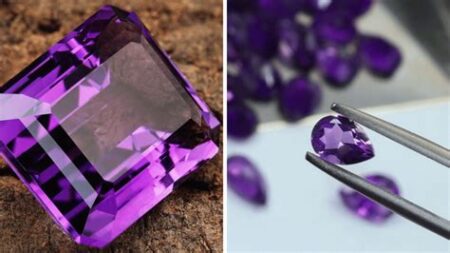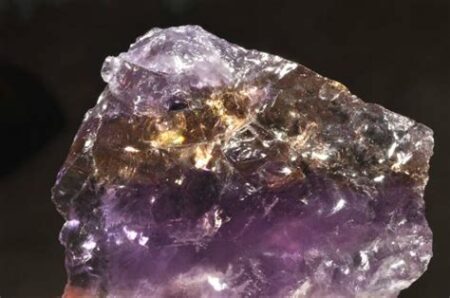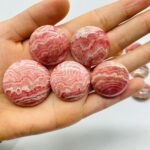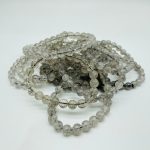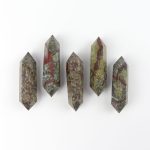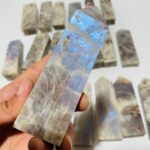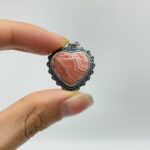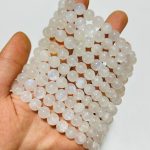Introduction
Iron crystals, the enigmatic building blocks of the ubiquitous metal, have captivated scientists, engineers, and artists alike for centuries. Their unique properties and versatility have shaped diverse industries, ranging from construction to medicine. This comprehensive article delves into the fascinating world of iron crystals, exploring their structure, properties, applications, and the latest advancements in their synthesis and manipulation.
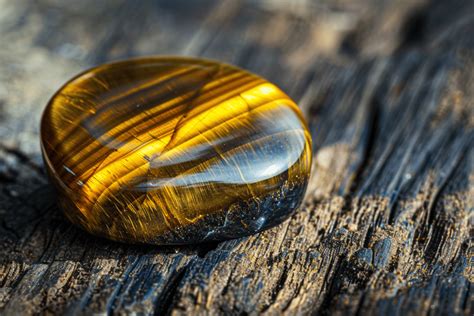
Atomic Structure and Properties
Iron crystals are primarily composed of a body-centered cubic (BCC) lattice, where iron atoms occupy the corners and the center of each cube. This arrangement results in a high degree of symmetry and a strong crystalline structure.
Strength and Hardness
The BCC lattice of iron crystals imparts exceptional strength and hardness to the material. Iron exhibits a tensile strength of approximately 400 MPa, making it highly resistant to deformation and external forces. This property has made iron a vital component in structural applications such as bridges, buildings, and vehicles.
Magnetic Properties
Iron is a ferromagnetic material, meaning that its atoms exhibit a spontaneous alignment of their magnetic moments. This property allows iron crystals to be magnetized, making them essential for electrical applications such as transformers and magnets.
Applications in Industry
The remarkable properties of iron crystals have led to their widespread use in numerous industries:
Construction
Iron and its alloys, such as steel and cast iron, are essential materials in the construction industry. Their strength, durability, and fire resistance make them ideal for structural beams, rebars, and cladding.
Transportation
Iron crystals are crucial in the automotive, aerospace, and shipbuilding sectors. The high strength-to-weight ratio of iron alloys enables the production of lightweight and durable vehicles and aircraft.
Power Generation
Iron crystals play a vital role in the generation of electricity. They are used in transformers, generators, and other electrical components that convert and transmit power.
Medical Imaging
Iron oxide nanoparticles, known as superparamagnetic iron oxide nanoparticles (SPIONs), are widely used as contrast agents in magnetic resonance imaging (MRI). These nanoparticles enhance the visibility of organs and tissues, enabling accurate diagnosis and disease detection.
Synthesis and Manipulation
Conventional methods for synthesizing iron crystals involve the reduction of iron oxide ores in furnaces. However, advancements in materials science have led to innovative techniques for controlling the size, shape, and properties of iron crystals.
Sol-Gel Method
The sol-gel method utilizes a chemical reaction to form a colloidal suspension of iron particles. This suspension can then be processed to produce iron crystals with tailored properties.
Hydrothermal Synthesis
Hydrothermal synthesis involves the crystallization of iron compounds under high temperature and pressure. This technique allows for the synthesis of iron crystals with specific morphologies, such as nanowires and nanosheets.
Molecular Beam Epitaxy
Molecular beam epitaxy (MBE) is a thin-film deposition technique used to grow epitaxial layers of iron crystals on a substrate. MBE enables precise control over the crystal structure and properties of iron thin films.
Future Applications
The continued exploration of iron crystals holds immense promise for innovative applications:
Biomedical Engineering
Iron crystals are being investigated for potential applications in tissue engineering and targeted drug delivery. Their magnetic properties could facilitate remote control of implants and drug release mechanisms.
Energy Storage
Iron-based materials are being explored for the development of more efficient batteries and fuel cells. The high electrochemical activity of iron crystals could improve energy storage capacity and durability.
Spintronics
Spintronics is an emerging field that exploits the spin of electrons to store and manipulate information. Iron crystals could play a crucial role in the development of novel spintronic devices such as spin valves and magnetic random access memory (MRAM).
Tables
Table 1: Mechanical Properties of Iron
| Property | Value |
|---|---|
| Tensile Strength | 400 MPa |
| Yield Strength | 250 MPa |
| Hardness (Vickers) | 200 HV |
| Elastic Modulus | 200 GPa |
Table 2: Magnetic Properties of Iron
| Property | Value |
|---|---|
| Curie Temperature | 770 °C |
| Saturation Magnetization | 2.15 T |
| Remanence | 1.2 T |
| Coercivity | 60 A/m |
Table 3: Applications of Iron Crystals
| Industry | Application |
|---|---|
| Construction | Structural beams, rebars, cladding |
| Transportation | Automotive, aerospace, shipbuilding |
| Power Generation | Transformers, generators |
| Medical Imaging | Contrast agents (MRI) |
| Biomedical Engineering | Tissue engineering, drug delivery |
| Energy Storage | Batteries, fuel cells |
| Spintronics | Spin valves, MRAM |
Table 4: Synthesis Methods for Iron Crystals
| Method | Principle | Advantages |
|---|---|---|
| Furnace Reduction | Reduction of iron oxide ores | Simple and cost-effective |
| Sol-Gel | Chemical reaction in a colloidal suspension | Control over size and shape |
| Hydrothermal Synthesis | Crystallization under high temperature and pressure | Specific morphologies |
| Molecular Beam Epitaxy | Thin-film deposition | Precise crystal structure control |
Tips and Tricks
Optimizing Iron Crystal Properties
- Use high-purity starting materials to minimize defects.
- Control the temperature and pressure during synthesis to achieve desired properties.
- Post-processing treatments such as annealing and quenching can enhance strength and hardness.
Handling and Storage
- Store iron crystals in a dry and oxygen-free environment to prevent corrosion.
- Minimize exposure to magnetic fields to avoid magnetization.
- Handle crystals with care to prevent damage to the fragile structure.
Common Mistakes to Avoid
Impurities and Defects
Impurities and defects can degrade the mechanical and magnetic properties of iron crystals. Ensure thorough purification and careful handling during synthesis to avoid these issues.
Overheating
Excessive heating during synthesis can lead to the formation of unwanted phases or grain growth, which can compromise the desired properties.
Contamination
Exposure to contaminants, such as oxygen or moisture, can cause corrosion and alter the magnetic properties of iron crystals. Maintain a clean and controlled working environment.

